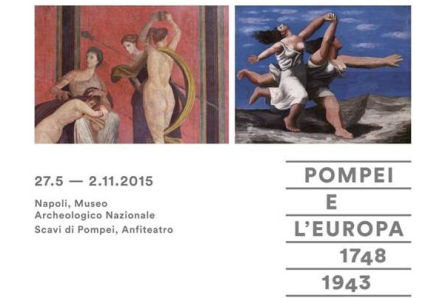
WTI Magazine #65 2015 July, 24
Author : Enrico de Iulis Translation by:
"You often hear people say that what Pompeii need today is routine maintenance. The experience gained in the past year allows me to say that, that is certainly right, but what Pompeii really needs more than anything is an extraordinary intervention to solve the many critical issues, developing actions and large projects. With the Great Pompeii Project we've aimed to give a new image to the site, starting from scientific and conservational motivations and then turning to the general public, with a plan of fruition and communication tailored to the needs of the contemporary".
"A plan of structural works and knowledge aimed to an overall revitalization of the Vesuvian city, to bring to light again its beauty: to be able to turn it from a place of "scandal" to a place of excellence, which combine knowledge, conservation, education and experimentation with technologies for documentation and restoration. As part of this ambitious project we have also focused on the organization of exhibitions".
These are Massimo Osanna's words, Superintendent for Pompeii, Herculaneum and Stabia who was given the daunting task to protect, preserve, revitalize and promote one of the most famous archaeological sites in the world. An ambitious and difficult task that Osanna is handling flawlessly with a new plunge of international: the exhibition "Pompei e l'Europa 1748-1943" (Pompei and Europe from 1748 to 1943).
It is an exhibition divided into two sections. The first one is in the National Archaeological Museum in Naples, and tells the story of Pompeii and Herculaneum by their rediscovery in the mid-eighteenth century to the bombing by the Allies in 1943. The alternating fortune of the Pompeian site is demonstrated by the interdisciplinarity of the finds and exhibits, ranging from architecture to painting, from illustration to literature, from arts to photography. It starts from the underrated news of the discovery of two ancient cities submerged by the lava of Vesuvius in 79 AD; it goes on through the luck of the Pompeian fashion in the period of neoclassicism; it ends with the photographic evidence of exceptional visitors like Picasso and Le Corbusier. A myth that has never known oblivion since its rediscovery; a myth that, we can state it thanks to this huge amount of artefacts, is a true heritage of the collective world.
The other section is precisely in Pompeii, in its amphitheater that houses a fascinating structure already in its truncated pyramidal shape and its sandy color in contrast with the gray stone of the stands. Here we find the first professional photographs attempted by Giorgio Sommer, a pioneer of Italian photography, that give us the testimony of the performance of the excavations from the arrival as Director of Giuseppe Fiorelli, who radically changed the way of digging, thus saving even the covers of the houses.
And then there's the most impressive section, the one about the casts of the bodies of the victims of the eruption, which, thanks to a technique invented by Fiorelli himself, we can now see up close. Restored, reassembled and lying in a black space, the twenty casts show the history, the life and the death that marked the tragedy. Finally, thanks to the tenacity, the ability and the vision of Massimo Osanna, Pompeii has begun to show its potential, its beauty and its imperishable warning.



